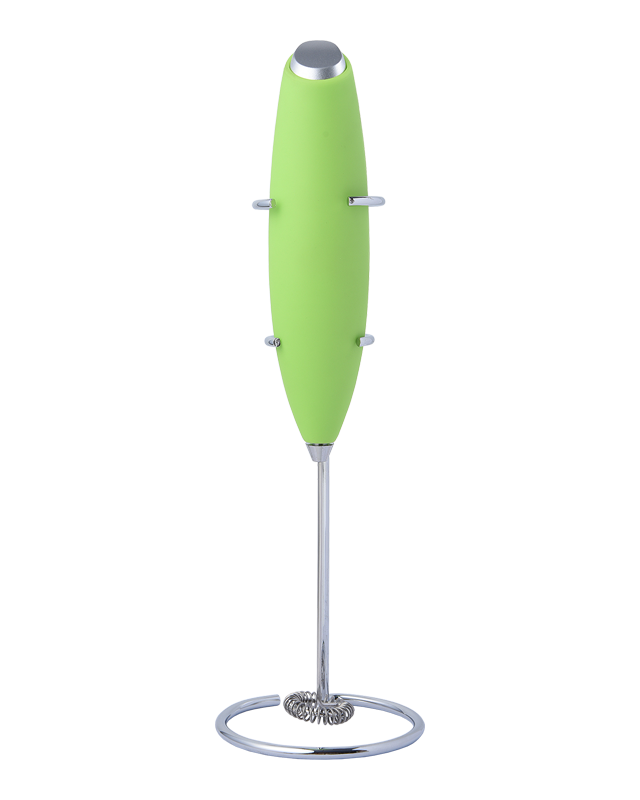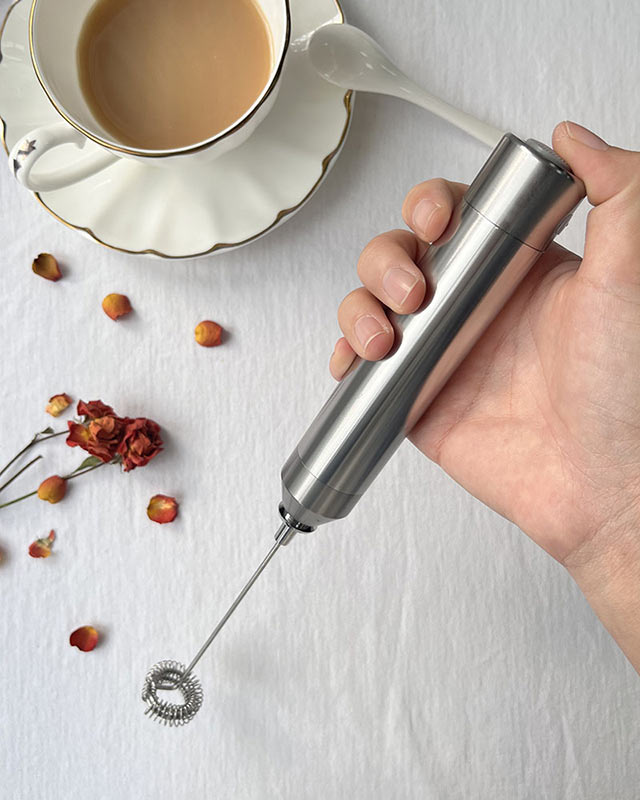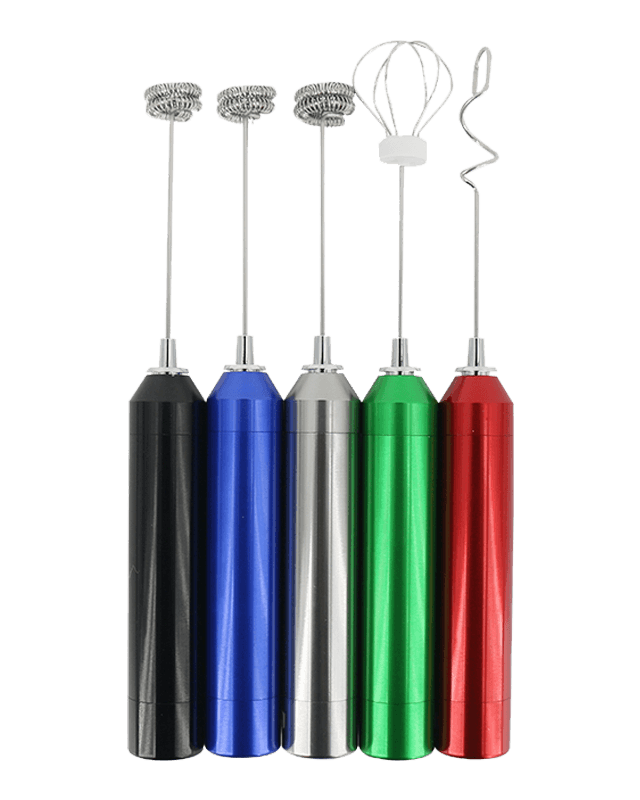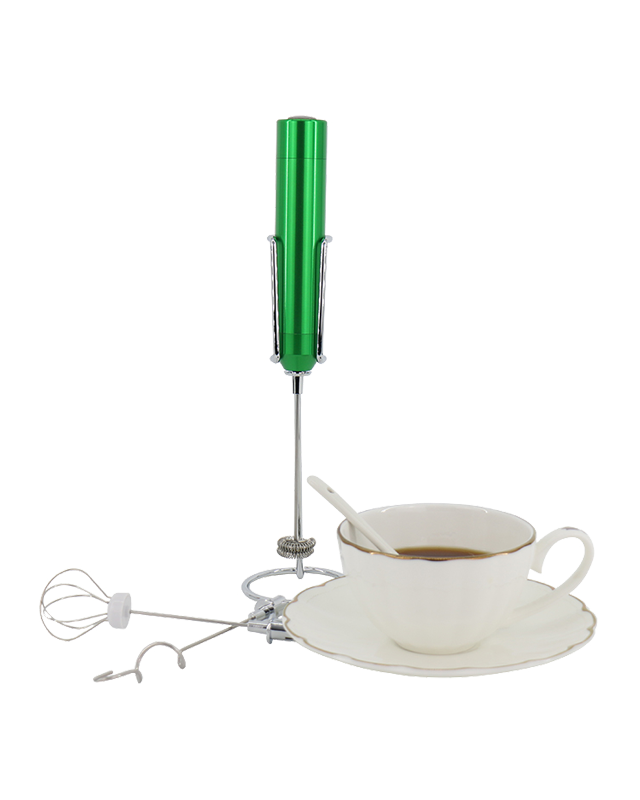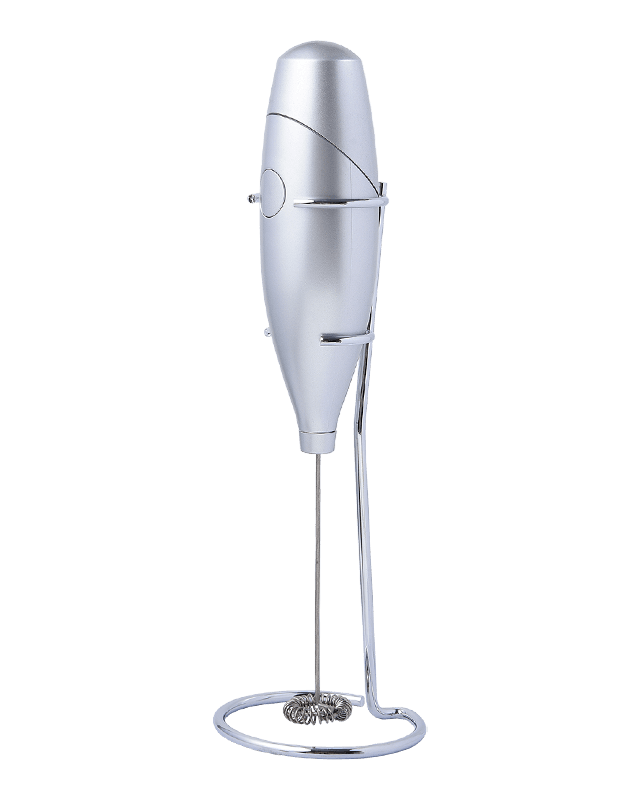1. Impact of Motor Heat on Ingredients
Electric Egg Beaters rely on a motor to rotate the beaters at high speed, which inherently generates heat due to friction in the gears, electrical resistance in the motor windings, and mechanical inefficiencies. When the motor runs continuously, especially at higher speeds or under load from dense batters, the heat can accumulate in the motor housing. If not properly dissipated, this heat can transfer through the beater shaft into the ingredients. Temperature-sensitive components, such as the proteins in egg whites or the fats in cream, are particularly vulnerable to thermal changes. Elevated temperatures can cause premature denaturation of proteins, separation of emulsions, deflation of aerated mixtures, or softening of chocolate, all of which reduce mixture quality and can negatively impact the final culinary product.
2. Motor Design Considerations to Minimize Heat Transfer
High-quality Egg Beaters incorporate advanced motor design features to limit heat transfer to ingredients. Many modern models use thermal insulation between the motor housing and the beater shaft, preventing direct conduction of heat. Ventilation systems, often consisting of strategically placed vents and internal fans, help dissipate heat away from critical components, maintaining a stable motor temperature even during prolonged mixing sessions. Brushless motors, commonly found in premium Egg Beaters, also generate less heat than traditional brushed motors due to reduced friction and electrical losses, further protecting sensitive ingredients from thermal exposure. These engineering features ensure that the speed and torque provided by the motor do not compromise the texture, structure, or stability of delicate mixtures.
3. Operational Techniques for Heat-Sensitive Ingredients
Even with well-designed motors, users must employ proper operational techniques to safeguard temperature-sensitive ingredients. Intermittent mixing—short bursts followed by pauses—allows the motor to cool between cycles, minimizing heat accumulation. Variable-speed controls are particularly advantageous, as slower speeds can be used during initial mixing of delicate ingredients, gradually increasing as the mixture stabilizes. For example, egg whites benefit from starting at a low speed to gently incorporate air before accelerating to achieve stiff peaks. Whipped cream can be gradually aerated to prevent destabilization. These operational strategies complement the Egg Beater’s engineering to ensure ingredient integrity.
4. Material Selection of Beaters
The materials used in the construction of Egg Beater beaters significantly influence heat transfer. Beaters are typically made of stainless steel, coated alloys, or other low-conductivity metals, which limit the amount of heat that reaches the mixture from the motor. Some high-end models incorporate cool-touch coatings or thermally insulated shafts, providing additional protection for temperature-sensitive ingredients. The combination of low-conductivity materials and ergonomic design ensures that even extended mixing sessions do not inadvertently raise the mixture temperature, preserving the chemical and structural properties of delicate components.
5. Effects on Specific Ingredients
Temperature-sensitive ingredients respond differently to heat exposure during mixing. Egg whites are highly susceptible; proteins begin to denature if exposed to warmth, which prevents the formation of stiff, stable peaks, crucial for meringues and soufflés. Cream can separate if motor-generated heat destabilizes fat globules, reducing the aeration and volume required for whipped cream or mousses. Chocolate and custards may lose temper or curdle if exposed to elevated temperatures, resulting in grainy textures or compromised flavor. Proper Egg Beater design, combined with controlled mixing techniques, minimizes these risks and allows users to achieve consistent, professional-quality results.



 English
English
 Français
Français
 Español
Español
 Deutsch
Deutsch
 日本語
日本語









